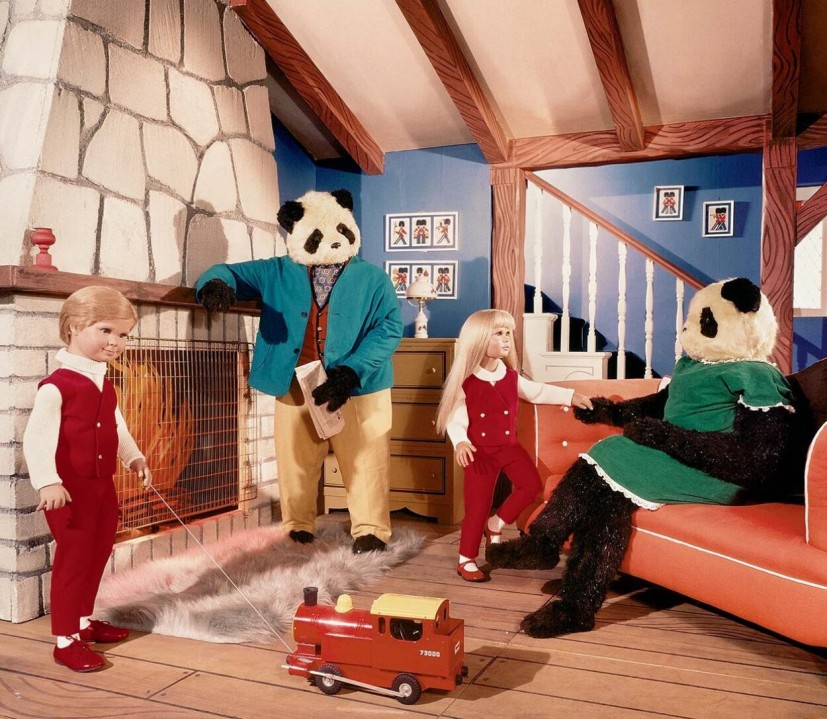Acclaimed British TV producer Gerry Anderson's 1967 weekly-released comic series, "Candy," is a portal to an endearing surrealist world that invokes a sense of "subversive wackiness" whilst also pulling imagery from "nostalgic" 1960s familial concepts.

About the 1967 Comic Series, 'Candy'
Centered around two life-sized mannequin children, "Candy" and "Andy, with their two humanoid panda "parents, the comic was originally published by the renowned production studio, Century 21, which was known for celebrated works like "Thunderbirds" and "Captain Scarlet."
Unlike its contemporaries, "Candy" slowly fell into obscurity after just one year of publication. However, it was discovered once more by an English historian and documentarian, Alan Dein, in the mid-1980s.
In an interview with It's Nice That, Dein explained that he came across the old comic strip as he was searching through a charity shop. The historian added that he was "immediately captivated by its bizarre imagery," and immediately bought the comic for only 10 pence.
What the historian didn't know was that it was the start of a decade-long passion project. Eventually, Dein's efforts to re-introduce Anderson's "wacky" comic to the world are given shape in a new photo book published by Four Corners Books named "Candy, Andy & The Bearandas."
Read Also : Rare Early Renaissance Painting by Fra Angelico Has Been Barred From Export by the British Government
The Familiar Charm of 'Candy, Andy & The Bearandas'
As reported by CNN, its setting is almost uncharacteristically mundane, at first glance, with its aesthetic reminiscent of a quintessential English village home complete with a mini car parked in the garage and a spacious grassy yard to play in.
That said, that impression will quickly be shattered with the introduction of the "almost-creepy" doll children and their "guardians," both of whom are unconventionally portrayed as panda bears.
What pushed the original comic's oddity, even more, was Century 21's utilization of photographs in place of illustrations, which was the common medium used in depicting comic books then and even now.
At the start, the images were shot by the photographer Doug Luke, who had contributed to the 1965 The Beatles movie "Help!" Later on, this task was given to the studio's art director, Roger Perry.
Either way, the photos they took of the eerie life-sized mannequins usually depict common family bonding activities like riding a bike, changing out a flat tire, or even just saying that last "goodnight" before bedtime as a child.
This dichotomous synergy between the concepts and the aesthetics is what gave the original comic its surrealist "vibe," something the newly released photobook plans to enhance even more.